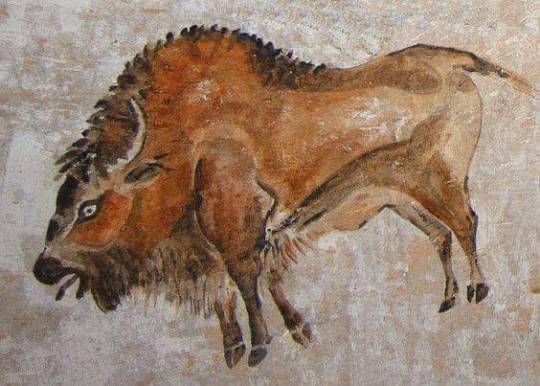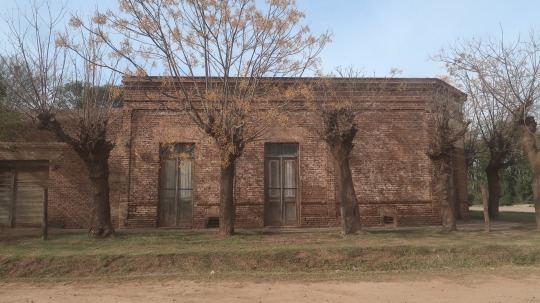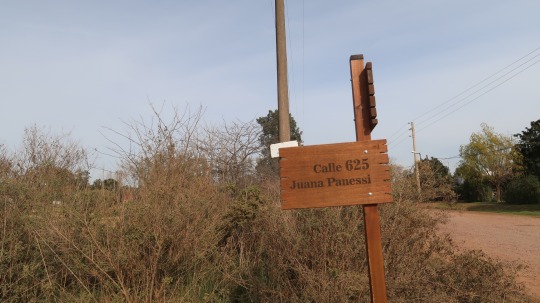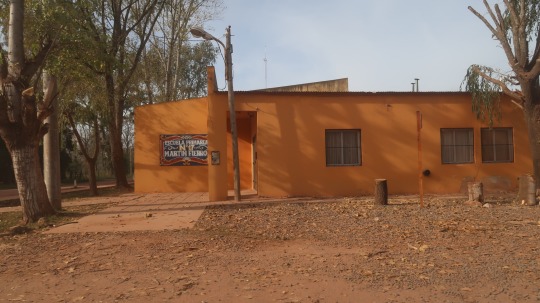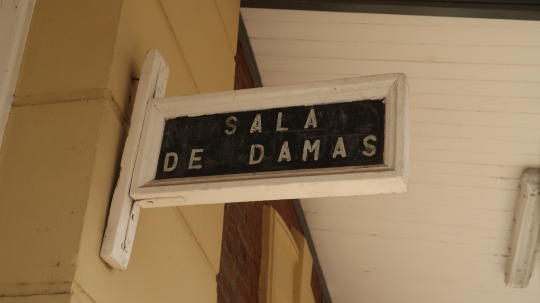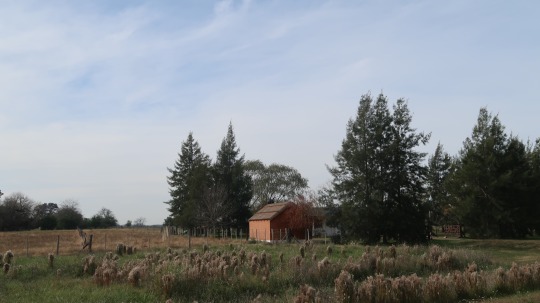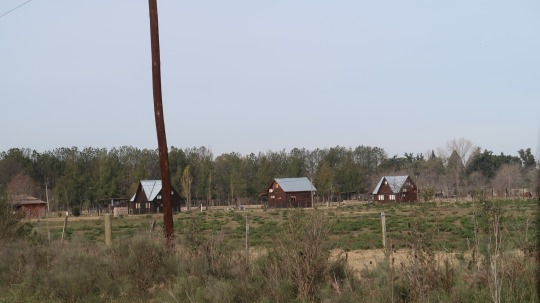#altamira
Text
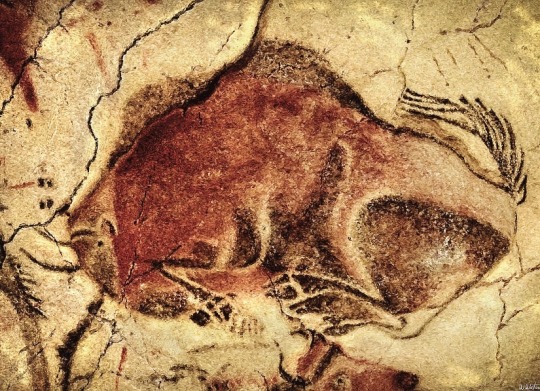

Bison From Cave Of Altamira, Santander, Spain, ca. 10,000 B.C, with artist’s interpretation.
#cave paintings#cave art#bison#paleolithic#petroglyphs#wild animals#animals in art#art history#aesthetictumblr#tumblraesthetic#tumblrpic#tumblrpictures#tumblr art#tumblrstyle#artists on tumblr#tumblrposts#early humans#altamira#spain#national treasure
5K notes
·
View notes
Text



Images drawn in Altamira caves around 36000-11000 BC, Spain
744 notes
·
View notes
Text
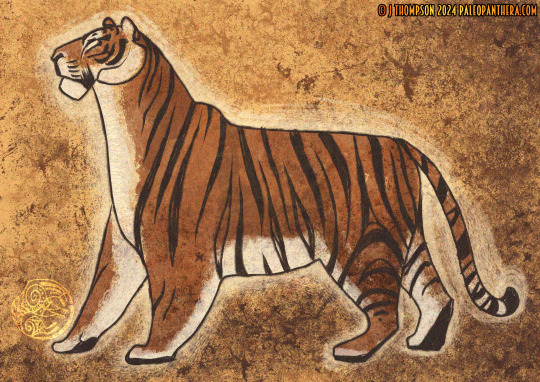
I was trying this morning to distill what makes paleolithic European cave art...well cave art! And then apply it to an animal not seen in Europe. The technique was more important here than the results; I think the big bodies & smaller heads yet otherwise accurate features are a result of the artists having a sort of tunnel vision while working. As one drifts part to part lifting up the implement as little as possible the parts appear in proportion to their immediate neighbor. They are also distilled to their most important details & for the body that's a wide rectangular space.
If you picture yourself working on a heavily textured wall as tall or taller than you are with the equivalent of a tea light (oil lamps) or a flickering torch you can imagine how easy it would be to get that kind of focused tunnel vision. While we see tunnel vision as a bad thing while learning art today in terms of cave art I just sort of see it as a natural consequence. You're going to focus really hard on what needs it; there are no erasers. Additional paint can't be bought at the store. Stone walls have limited access. You're going to make the best of every resource while you're there. Besides who said the animal had to be proportional anyway? You know exactly what you're looking at!
Artist commentary: it was challenging deciding what was most important but also representing that important thing as accurately as possible. I feel like that's a common thread in all cave art from peoples across the world: draw what's most important. The rest will work out.
#cave art#art history#paleolithic#palaeo#palaeosinensis#art#drawing#cave painting#painting#primitive#ancient#tiger#tigers#big cat#panthera#tigris#digital art#illustration#chauvet#altamira#lascaux#stone age#ice age
136 notes
·
View notes
Photo
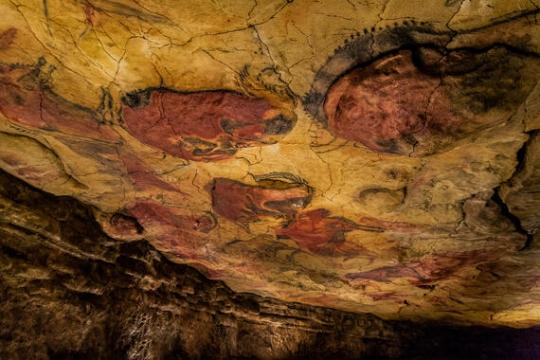
“It has been well said that mythology is the penultimate truth--penultimate because the ultimate cannot be put into words. It is beyond words. Beyond images [...]. Mythology pitches the mind beyond that rim, to what can be known but not told”.
- Joseph Campbell.
*The cave of Altamira.
#Joseph Campbell#Myth#Mythology#Altamira#Jung#Carl Jung#collective unconscious#archetypes#dreams#shadow#hero#ego#Europe#paleolithic#prehistory#solutren#European Early Modern Humans#REligion#Religiosity#pre-indoeuropean#European tradition#Eternal values#Salutreans#Animism#solutrean#solutreans
179 notes
·
View notes
Text

Cave painting of a bison. Altamira cave main gallery. Magdalenian parietal art c.15,000 BCE. Photo by P. Saura.
Learn more / Daha fazlası
https://www.archaeologs.com/w/parietal/
#archaeologs#archaeology#archaeological#dictionary#history#altamira#cave paintings#magdalenian parietal art#bison#cave art#cave painting#art#historical#arkeoloji#tarih#sanat#mağara resimleri
214 notes
·
View notes
Text
The signs as Finding Altamira costumes
Aries
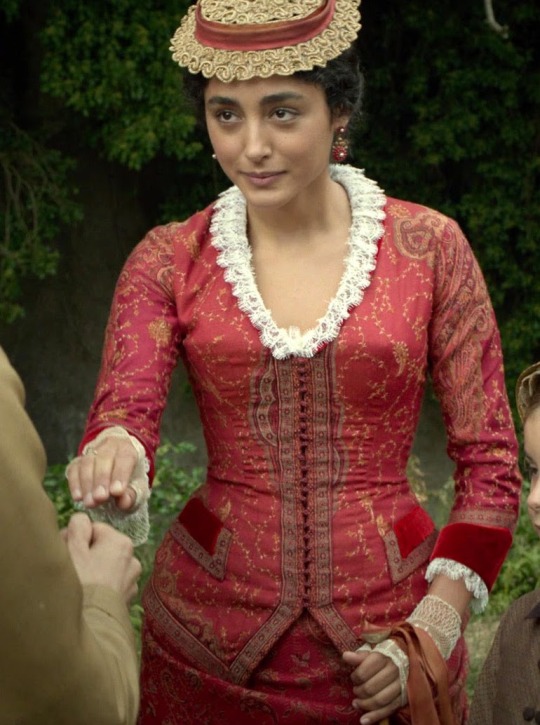
Taurus

Gemini

Cancer

Leo

Virgo
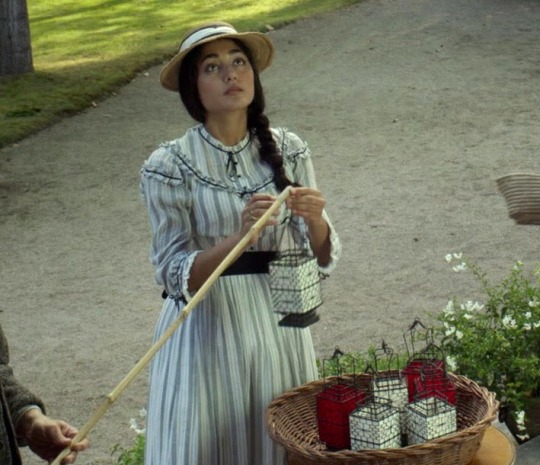
Libra

Scorpio

Sagittarius
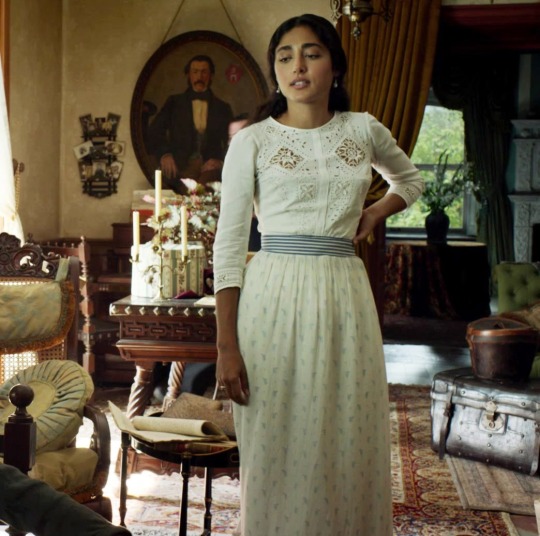
Capricorn

Aquarius

Pisces

58 notes
·
View notes
Photo

altamira, pará, 2013. foto: lalo de almeida.
93 notes
·
View notes
Photo


Reflejos de Caracas
66 notes
·
View notes
Text
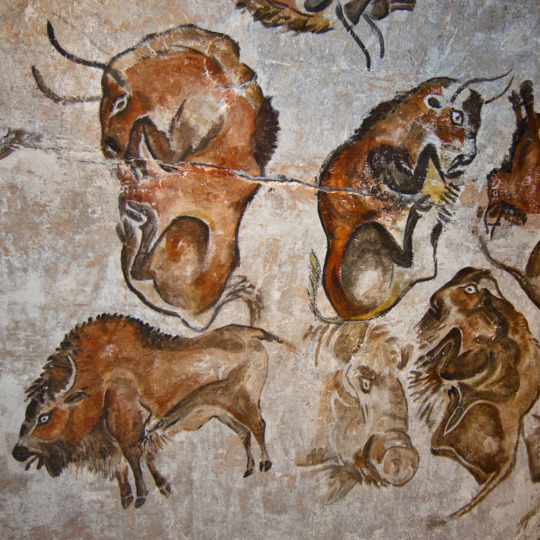


La cueva de Altamira es considera como la «Capilla Sixtina» del arte rupestre. Patrimonio Mundial de la Unesco desde 1985, la cueva de Altamira se encuentra situada en la localidad de Santillana del Mar, a 30 km de Santander, España.
Sus pinturas rupestres, de hace más de 15.000 años, representan bisontes, caballos y diversos animales, realizadas con ocre, carbón y hematites. El yacimiento permaneció desconocido durante mucho tiempo porque un corrimiento de tierras tapió la entrada y fue descubierto en 1868.
La cueva fue utilizada durante varios periodos, sumando 22.000 años de ocupación, desde hace unos 36.500 hasta hace 13.000 años, cuando la entrada principal de la cueva quedó sellada por un derrumbe, todos dentro del Paleolítico superior.
En la actualidad la cueva es visitable.
10 notes
·
View notes
Text

The Altamira oriole (Icterus gularis) is a New World oriole. The bird is widespread in subtropical lowlands of the Mexican Gulf Coast and northern Central America, the Pacific coast and inland. They have since spread to southern Texas, but this was not until 1939.
#oriole#beautiful birds#oriole birds#altamira#beautiful#beautiful things#beauty#nature#bird lovers#bird photography#birdwatching#bird pics
2 notes
·
View notes
Text


Bull, from cave of Altamira, Santander, Spain, c. 10,000 B.C.
Pablo Picasso, Plate 4, 'Bull’ series, 1945 (lithograph)
#altamira#pablo picasso#bull#cave art#cubist#cubism#spanish art#spanish painter#spanish artist#modern art#art history#aesthetictumblr#beautiful animals#wildlife#nature#early humans#tumblraesthetic#tumblrpic#tumblrpictures#tumblr art#tumblrstyle#artists on tumblr#tumblrposts#aesthetic#spanish aesthetic#spanish history#spain#cave paintings#petroglyphs
39 notes
·
View notes
Text


Cave of El Castillo / Cueva de El Castillo, Spain, about 35000 years old
Photos: Gabinete de Prensa del Gobierno de Cantabria / wikimedia commons / CC BY 3.0 ES
#cave of el castillo#altamira#unesco world heritage#europe#spain#prehistoric#caves of monte castillo#wall painting#cave art
29 notes
·
View notes
Text
Te invito a que escuches por www.radiomokaba.com
Una experiencia diferente que te haga vivir al máximo.

#tampico#tam#cdmadero#altamira#tamaulipas#cdmx#méxico#cdvalles#veracruz#pozarica#naranjos#cerroazul#mokabaso#sanluispotosi#playamiramar#hidalgo#slp#usacubrebocas#mante#rt
4 notes
·
View notes
